Clearing Up the Chaos: The Plan to Share the Space on the State Street Promenade
How Santa Barbara Will Deal with Bikes, Pedestrians, and Vehicles in the State Street Master Plan
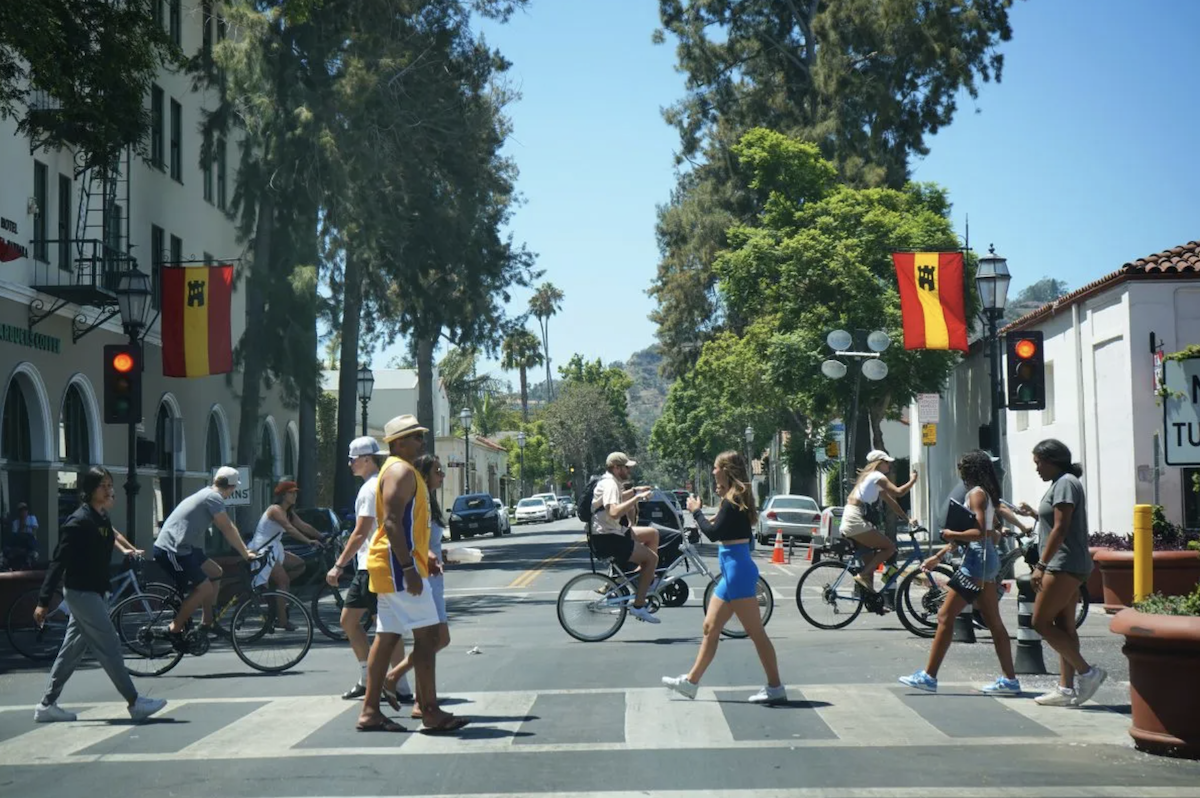
The current state of downtown Santa Barbara’s main drag — with State Street closed to cars and pedestrians, bicyclists and outdoor diners sharing an open promenade — is, depending on whom you ask, either the best decision the city has ever made or a failed experiment gone on three years too long.
But it’s a temporary solution, and the city is now undertaking the tall task of shaping the permanent future of downtown with the State Street Master Plan. It’s a hot-button issue, with passionate people from every corner of the city fighting for their vision for the future of State Street — restaurateurs and diners want parklet seating; parents want more kid-friendly areas; pedestrians want something to slow down two-wheeled teenagers tearing down the street at more than 30 mph.
Tess Harris, the city’s State Street Master Planner, said that the plan should reflect the changes in the downtown area, which is “evolving and becoming more of a neighborhood with State Street as the core.”
The State Street Advisory Committee is laying the groundwork for the master plan, and on Monday, the group held its latest public meeting regarding the plans for mobility, transportation, and sharing space on State Street.
The “Create State” team, made up of city staff and outside consultants from MIG, presented several options to balance the limited space available on the street for bikes, pedestrians, and emergency vehicles, including an option with a separated one-way lane for motor vehicles.
Four different options were considered, ranging from a completely pedestrian promenade to a hybrid option with separated bikes and a one-way lane for traffic, with the team recommending two specific options for each of the three districts proposed for State Street.

[Click to enlarge] Credit: Courtesy
In the Create State recommendation, dubbed the “Grand Paseo,” the Entertainment District and Civic Center, stretching from Carrillo Street to Haley Street, would be a “multi-purpose promenade” that would be shared by bikes and pedestrians with access for emergency vehicles and flexibility for special events.
In the renderings, bikes and pedestrians share the space, with planters and patio seating pushed away from the storefronts under the shade of a row of trees along either side of the State Street.
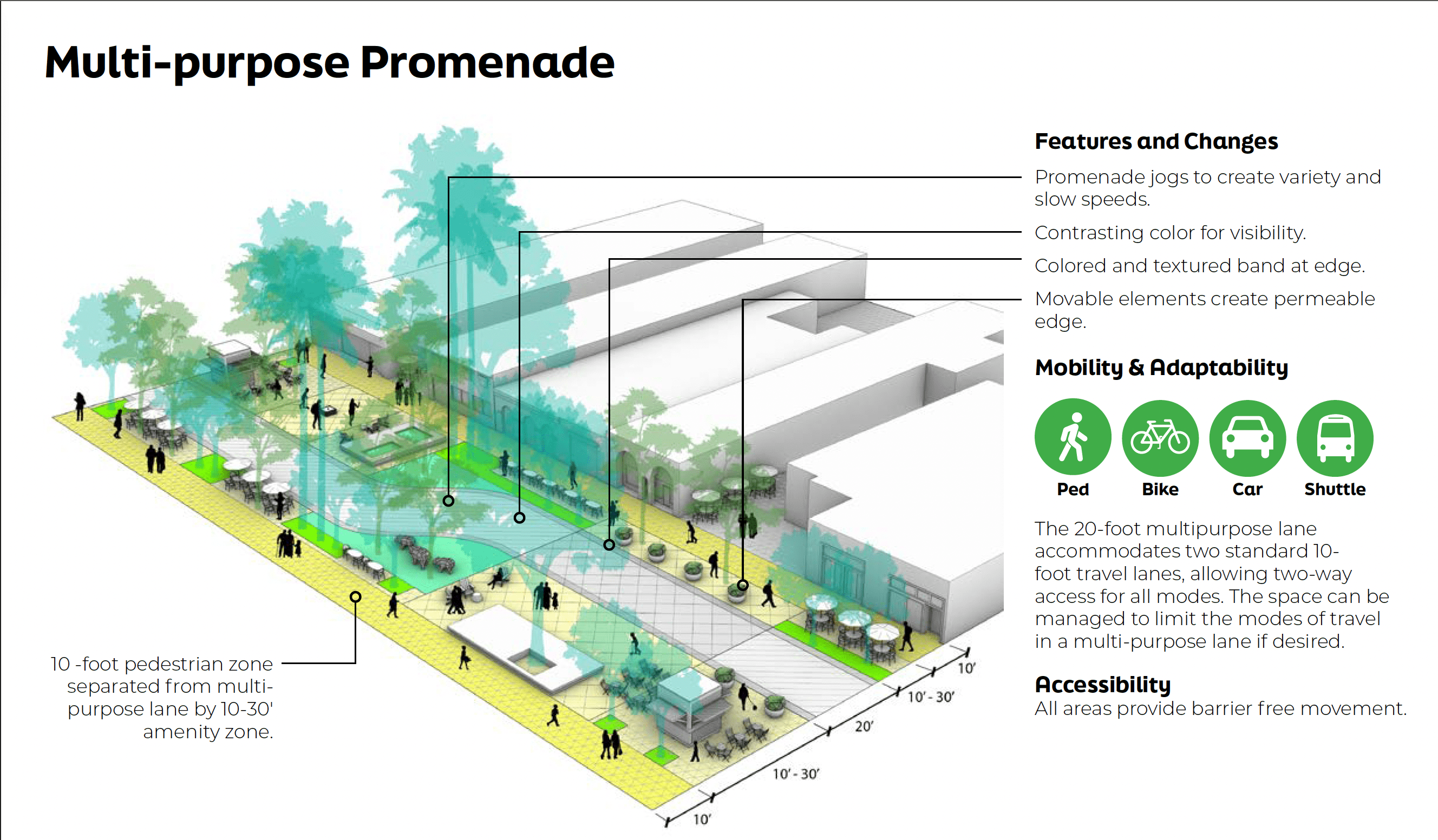
[Click to enlarge] Credit: Courtesy
The Arts District, from Carrillo to Micheltorena, would have a dedicated bike lane and one-way vehicle access heading north to allow for drop-offs at the Museum of Art, Granada Theatre, and Arlington Theatre — something that was highly recommended by members of the public and by the City Council last month.
Other parts of the transportation and mobility plan included MTD’s Waterfront Shuttle service and the potential to reroute bikes on at least one portion of State Street one block east to Chapala. The idea would be that bikes are allowed, but not prioritized, in the downtown area.
City Councilmember Mike Jordan, who sits on the advisory committee, said that it currently seems like “he who has the bike rules” and that he hopes the future plan for State Street would make it clear that bicyclists don’t own the street.
Counclimember Kristen Sneddon, also on the committee, was similarly unimpressed with the transportation plan. She agreed that bicycle speed was an issue — “These are kids that are going 35 miles per hour,” she said — and said she felt that the early design lacked the vision and specifics she has been advocating for over the past six years. “This remains a transportation plan,” Sneddon said. “To see it not addressing those issues is very hard for me.”
Some felt that the design was lacking something less tangible: the elusive sense of “gravitational pull,” as one committee member, Santa Barbara International Film Festival Executive Director Roger Durling, described it.
“I see a lot of compartmentalization,” Durling said. “I don’t see gravitational pull.”
Anthony Grumbine — who serves as chair of the Historic Landmarks Commission (HLC) — agreed, saying the early design “lacks poetry” and was less a “grand paseo and more of a wiggly promenade” at this point.
Cass Ensberg, an architect who also serves on the HLC, said that the circulation plan was “overly complex” and “confusing at best” and that preliminary designs could be “any town” in the country.
Sneddon recommended leaning on the prominent architectural minds on the HLC and having the group help keep the aesthetics true to Santa Barbara’s character, starting with renaming the generic “civic center” district to the Historic El Pueblo Viejo district.
“That is the heart of what that area is, and that is a gravitational pull; it is what brings people here,” Sneddon said.
But before taking on the abstract questions of how to revive State Street, the city will first have to figure out how to manage the chaotic mix of bikes, pedestrians, and diners currently ruling the road.
“It’s still not clear to me how bikes and pedestrians can coexist safely. I want to buy into it. I’m just not convinced yet,” said one committee member, Dianne Black.
“Millions of dollars of paving won’t make them mix,” said another, Ed Lenvik.
There’s still a long way to go, and with the next meeting scheduled for December, committee chair Dave Davis said the plan is still missing the “wow” factor: “I don’t see the ‘wow.’ I don’t even see how we get to the ‘wow,’” he said. “I’m still waiting to find out, what is it that makes downtown a place you want to be, and I just haven’t felt that.”

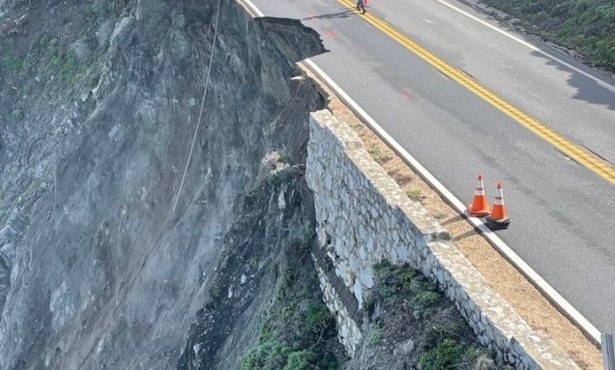
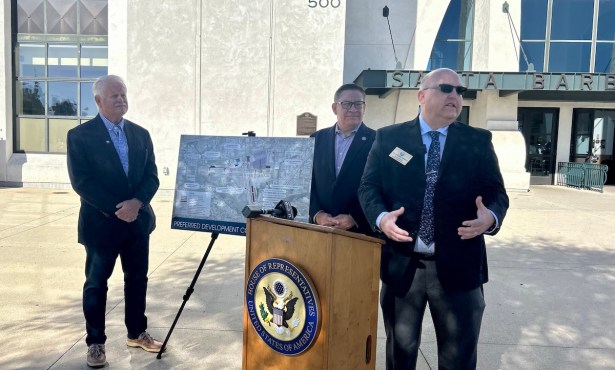
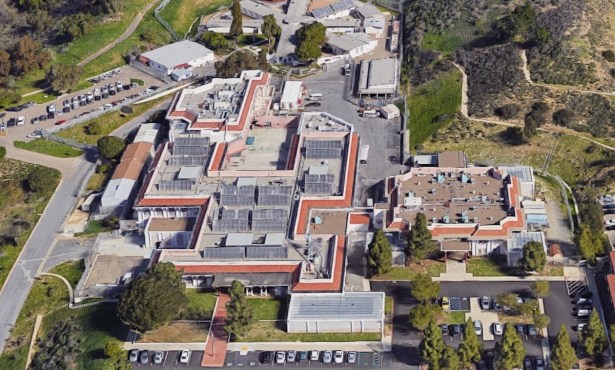
You must be logged in to post a comment.